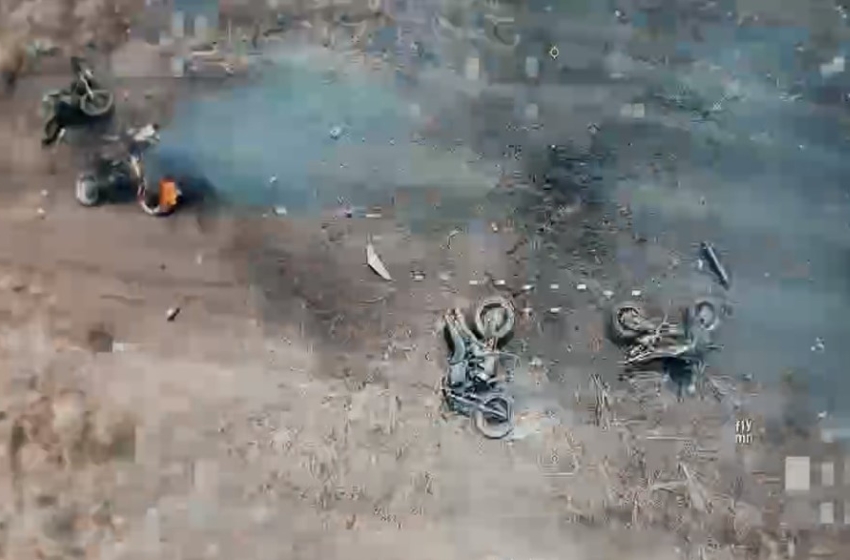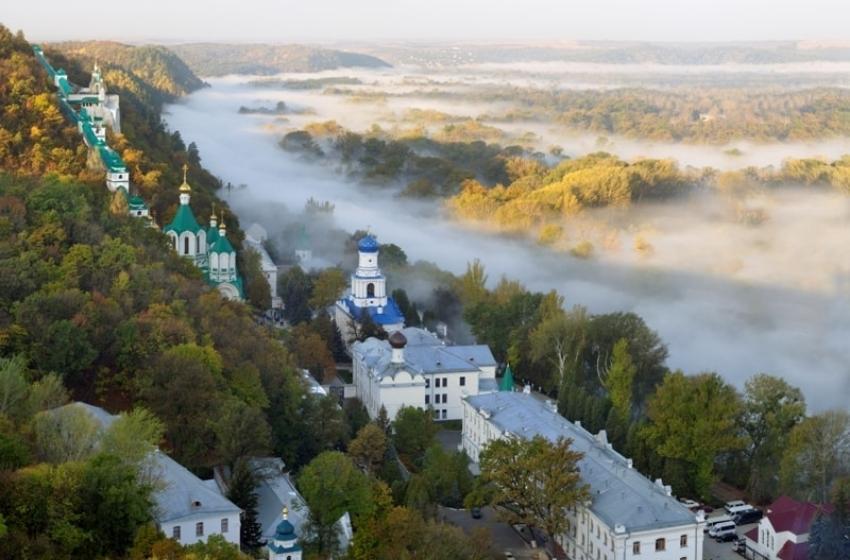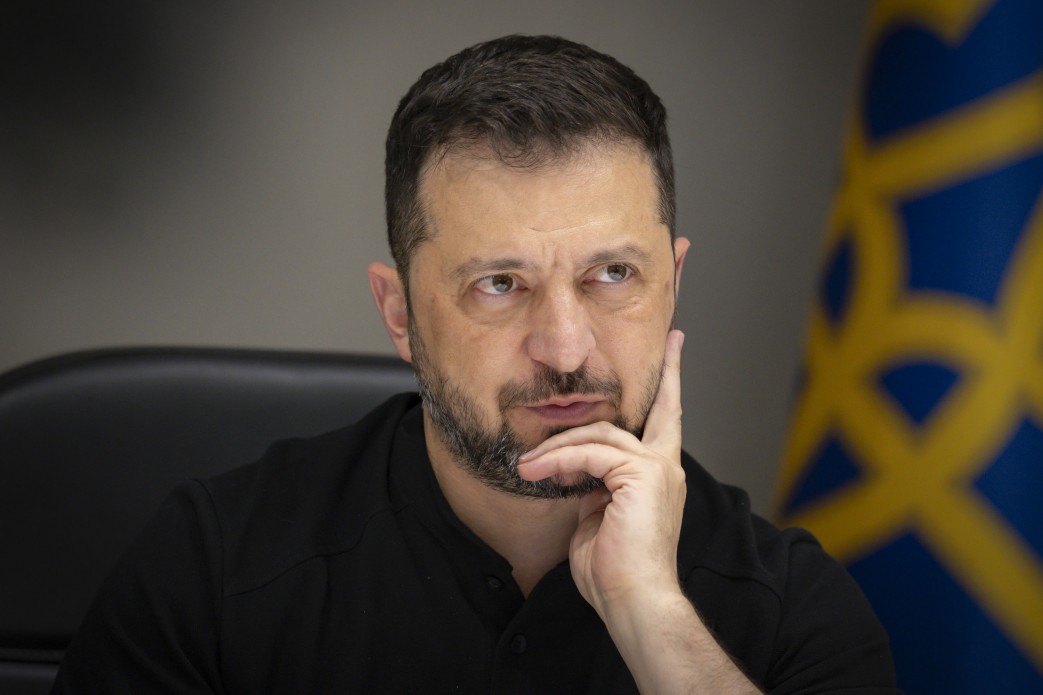Over the past 24 hours, Russian forces have carried out a series of massive assault operations. The main epicenters were the Orikhiv and Pokrovske directions. A distinguishing feature of these assaults was the use of a large number of personnel—on average 350–400 people—as well as an equally significant number of motorcycles. For example, in the Pokrovske direction, the Russian forces used up to a hundred motorcycles during their assault operations.
Previously, assaults typically consisted of systematic suicidal raids by small groups of 3–4 people, occasionally supported by armored vehicles with troops crammed inside the superstructures of MT-LBs, main battle tanks, and other armored fighting vehicles, or even civilian vehicles. Such large-scale motorcycle assaults haven't just been rare—they were simply never practiced before.
When motorcycles first began to be used by the Russian forces as a means of transportation, they were involved in assaults in relatively small numbers—10 to 20 units. But deploying up to a hundred motorcycle assault troops is a unique phenomenon, even for this war. And it’s entirely possible that this could become a systemic tactic.
Using motorcycles as assault vehicles may seem surreal, but when command has no regard for the lives of its soldiers, even an electric scooter might pass for a scarce BTR-82A. Moreover, motorcycles allow for rapid movement over distances. When the main objective is to secure a specific point on the map—say, a "bush," a "crater," a "small hill," or a demolished village bus stop—they serve the purpose well enough.
A large number of such two-wheeled suiciders complicates targeting for FPV drones. The fact that our units withstood this trial doesn’t mean that tomorrow or in a few days there won’t be 200 or 300 motorcyclists, supported by heavier firepower.
This tactic once again raises the question: why, when there was an opportunity, were the fields and roads along potential Russian forces routes not turned into continuous minefields, crisscrossed with barbed wire in every direction—width, depth, and even the fourth dimension? Barbed wire, by the way, works equally well as an obstacle against both infantry and light vehicles—especially motorcycles.
Back in 2024, it was already clear that anti-personnel fortifications needed to become dominant and even hypertrophied, because Russian forces would rely primarily on infantry rather than tanks and armored vehicles as the main element of their advance. In particular, the integrated use of artillery—especially at battalion level—with cluster munitions, light MLRS, FPV drones that detonate midair with large amounts of fragmentation, and other area-effect weapons rather than single-target systems could have changed the situation. But...
It’s entirely possible that Russian forces may soon transition from mechanized to motorcycle units. Especially considering that many of these motorcycles are of Chinese origin. Chinese factories produce a huge number of motorcycles daily, so Russia—despite its serious difficulties in manufacturing even such types of transport—is unlikely to face a shortage.
The threat has emerged. How it will evolve—remains to be seen.






















